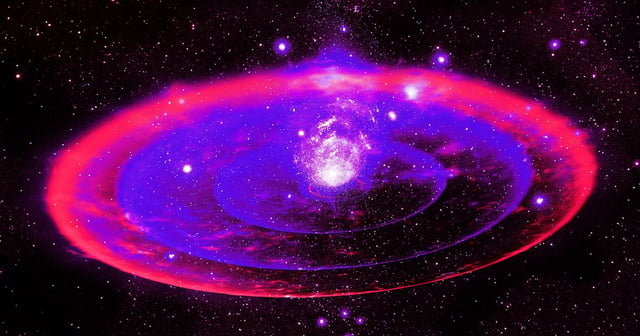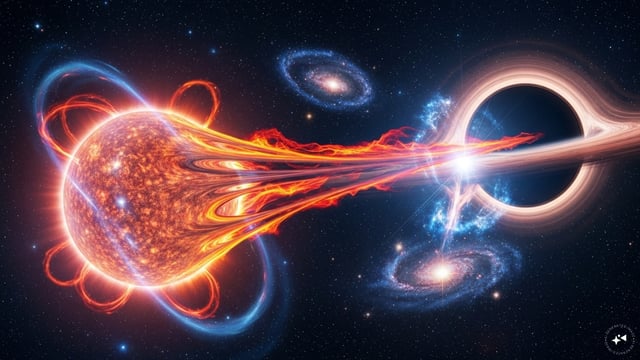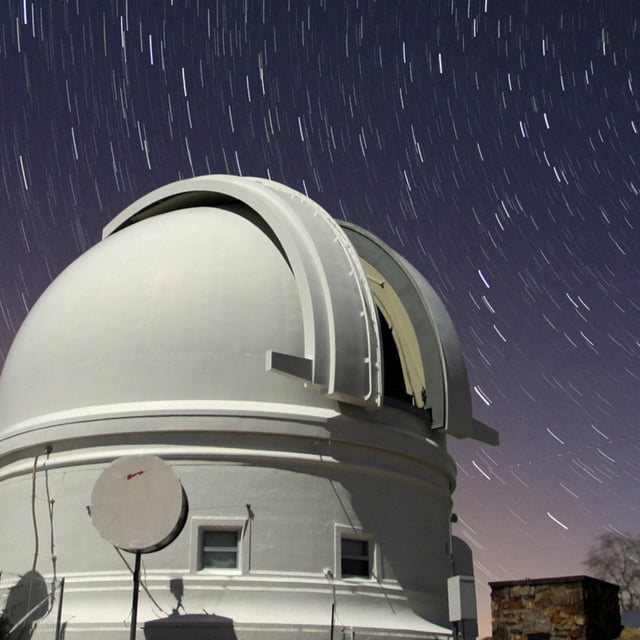Overview
- The LAISS AI tool flagged SN 2023zkd in real time months before its anomalous behavior, enabling swift coordinated observations across ground- and space-based telescopes.
- Archival data reveal years-long pre-explosion brightening and a rare double-peaked light curve with two maxima separated by roughly eight months.
- A CfA/MIT-led paper interprets these features as resulting from a close black hole–star merger, offering the strongest evidence yet that a compact companion can trigger or reshape a supernova.
- The team highlights the necessity of identifying more binary-driven explosions to assess how often compact companions influence stellar deaths.
- This discovery underscores the critical role of AI-enabled triage as astronomers prepare for the Vera C. Rubin Observatory’s unprecedented transient detection rates.



